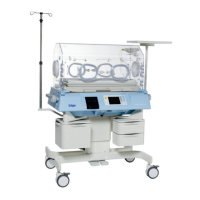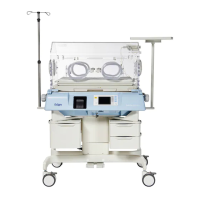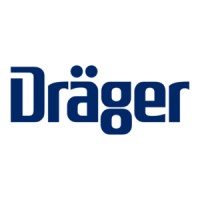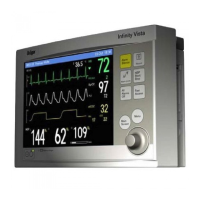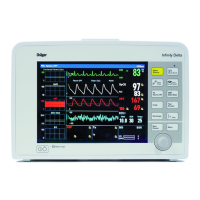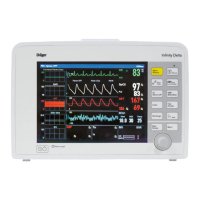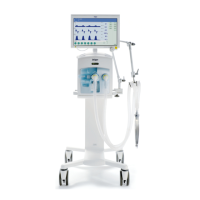Introduction
Chapter 1: Introduction
Isolette® Infant Incubator (Model C2000) Service Manual Page 1 - 9
1
Introduction
Overview
The Model C2000 Isolette® Infant Incubator provides a therapeutic
environment for the care for low birth-weight neonates. The Model
C2000 Isolette® Infant Incubator provides the following features:
• Data trending—The unit graphically trends critical data, such as air
temperature, skin temperature, heater power, oxygen, and humidity,
for intervals of 12 to 24 hours, and up to seven days for weight
changes.
• Thermal performance—The unit’s thermal management capabilities
provide a patented dual-air curtain that reduces radiant heat loss
from the infant by warming the surface of the inner hood.
• Bi-directional airflow—Bi-directional airflow minimizes temperature
fluctuations within the incubator when the access doors are opened.
A microprocessor controller quickly and accurately regulates
temperature, humidity, and oxygen levels within the incubator.
• Low operating sound levels—The unit’s low operating sound levels
ensure a developmentally-supportive environment for infants.
• Centralized care for multiple births—The unit allows for co-bedding,
enabling the caregiver to monitor and care for multiple births. The
incubator mattress provides the needed space to care for two
infants and enough room for both to grow comfortably.
• Integrated x-ray cassette tray—Located beneath the mattress, the x-
ray cassette tray slides out smoothly to avoid disturbing the baby.
• Infant access—By using the front and side access, two clinicians
can simultaneously care for an infant while he or she remains in the
incubator, reducing handling and adverse stimulation.
• Servo-controlled oxygen—Oxygen delivery is simplified by selecting
and controlling whole hood oxygen concentrations from 21% to
65%. Calibration can be performed in room air or in 100% oxygen.
The process can be done while the caregiver monitors the infant,
without interfering with the thermal environment.
• Servo-controlled humidity—The front-loading humidity reservoir
requires filling only once every 24 hours. The caregiver can set the
desired relative humidity, minimizing the infant’s evaporative heat
loss.
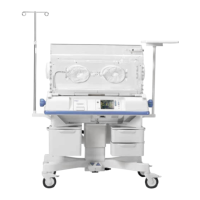
